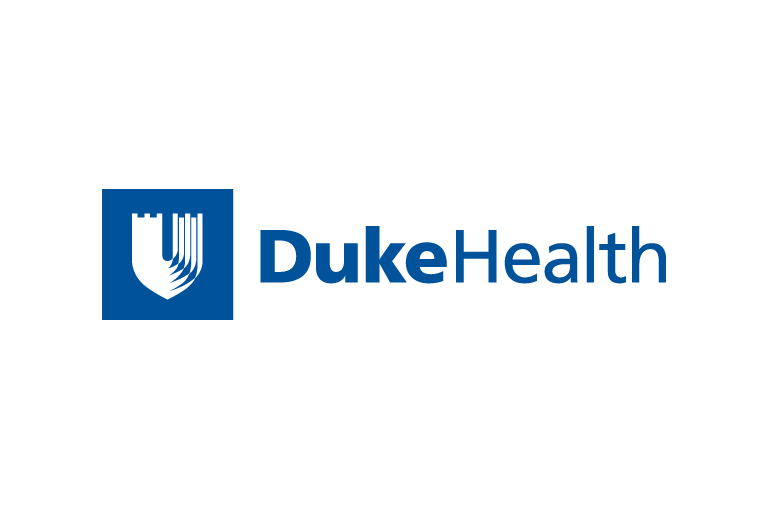Same Protein Linked to Both Immune Activation and Response to Anti-Cancer Drug Gleevec
 From the corporate.dukehealth.org archives. Content may be out of date.
From the corporate.dukehealth.org archives. Content may be out of date.
DURHAM, N.C. -- Leukemia patients who take the anti-cancer drug imatinib mesylate (brand-name Gleevec) are at increased risk for developing suppressed immune systems, and researchers at the Duke Comprehensive Cancer Center have discovered a mechanism that likely explains why.
Their findings, reported in the July 2004 issue of the journal Current Biology, may also lead to newer drugs that target cancer cells for destruction without targeting important immune system cells.
Their discovery explains the role of a critical protein in the body called ABL. When mutated, ABL is overly active and gives rise to an excess of defective blood cells that become chronic myeloid leukemia. Imatinib mesylate inhibits ABL's activity in leukemia cells and, without enough ABL, the cancer cells die.
In normal white blood cells, however, the function of the ABL family of proteins -- c-ABL and the related Arg -- was unknown until now. The Duke team discovered that ABL proteins activate the production of infection-fighting cells called "T-cells." Specifically, they showed that ABL proteins are key communicators in the chain of events that leads to T-cell activation and, thus, infection control.
While imatinib mesylate targets and inhibits the activity of ABL proteins in cancer cells, it also turns off ABL function in normal cells. When ABL is inactivated by imatinib mesylate, the researchers found that T-cells could no longer mount a robust activation response. Their findings support the observation that patients can become immuno-suppressed if they receive too much of the drug.
"Gleevec, which has been highly successful at obliterating leukemia cells, also inhibits T-cells, the basis of the body's defense against infection," said Ann Marie Pendergast, Ph.D., principal investigator and professor of molecular cancer biology at Duke. "This study demonstrates the vulnerability of the immune system to Gleevec-like drugs and gives a graphic illustration of why it is important to understand the normal function of drug targets."
Scientists have known since 1986 that ABL plays a key role in causing chronic myeloid leukemia. With this disease, ABL becomes fused to another protein called BCR in a genetic rearrangement that causes the ABL protein to lose a crucial "off" switch. The defective BCR-ABL protein is always turned on, continually stimulating bone marrow stem cells to make more and more white blood cells. Over time, the buildup of defective white blood cells develops into leukemia.
At the doses given to patients, imatinib mesylate shows very low toxicity. However, in isolated cases, some patients have experienced bouts of shingles and other symptoms of a lowered immune response.
"The reason we haven't seen more side effects with Gleevec is that leukemia cells are exquisitely sensitive to the drug so it can be given in doses low enough not to cause noticeable harm to normal cells in most instances," said Pendergast.
To demonstrate ABL's role in T-cell response, Pendergast and Duke colleagues Patricia Zipfel, Ph.D., Weiguo Zhang, Ph.D., and Marisol Quiroz studied mice in which one copy of the ABL gene and both copies of the Arg gene had been deleted. In these mice, T-cell activation was reduced dramatically compared to normal mice.
The researchers then treated T-cells isolated from the spleens of normal mice with imatinib mesylate and tested their ability to respond to T-cell stimulation. Again, the response was drastically reduced.
These effects were caused by a cascade of events in which ABL and Arg convey signals from molecules on the cell surface to activator molecules ZAP70 and LAT inside the cell. These proteins, in turn, set into motion a host of activities that ultimately lead to T-cell proliferation and activation.
The findings support a larger picture of the role of ABL that is emerging from the work of Pendergast and other researchers. The protein appears to be a crucial switch for a number of processes that involve coordination between events happening on the cell surface, recruitment of a large number of proteins and reorganization of cells' inner scaffold, the "cytoskeleton."
"When an antigen-presenting cell stimulates a T-cell, we see rapid movement of a large number of molecules that congregate just below the cell membrane," Pendergast said. "We suspect ABL plays an even larger role in the chain of events that lead to T-cell activation and are working on identifying additional roles for ABL."
The reason such studies are important, said Pendergast, is that in some cases patients have developed resistance to Gleevec, leading investigators to look for the "next-generation Gleevec."
"The success of Gleevec has spurred a race for the next great protein kinase inhibitor," said Pendergast. "It's important that we know what ABL is doing in normal cells because the new generation of protein kinase inhibitors are much more potent than Gleevec and have greater potential for toxicity."
The research was funded by the National Institutes of Health.
